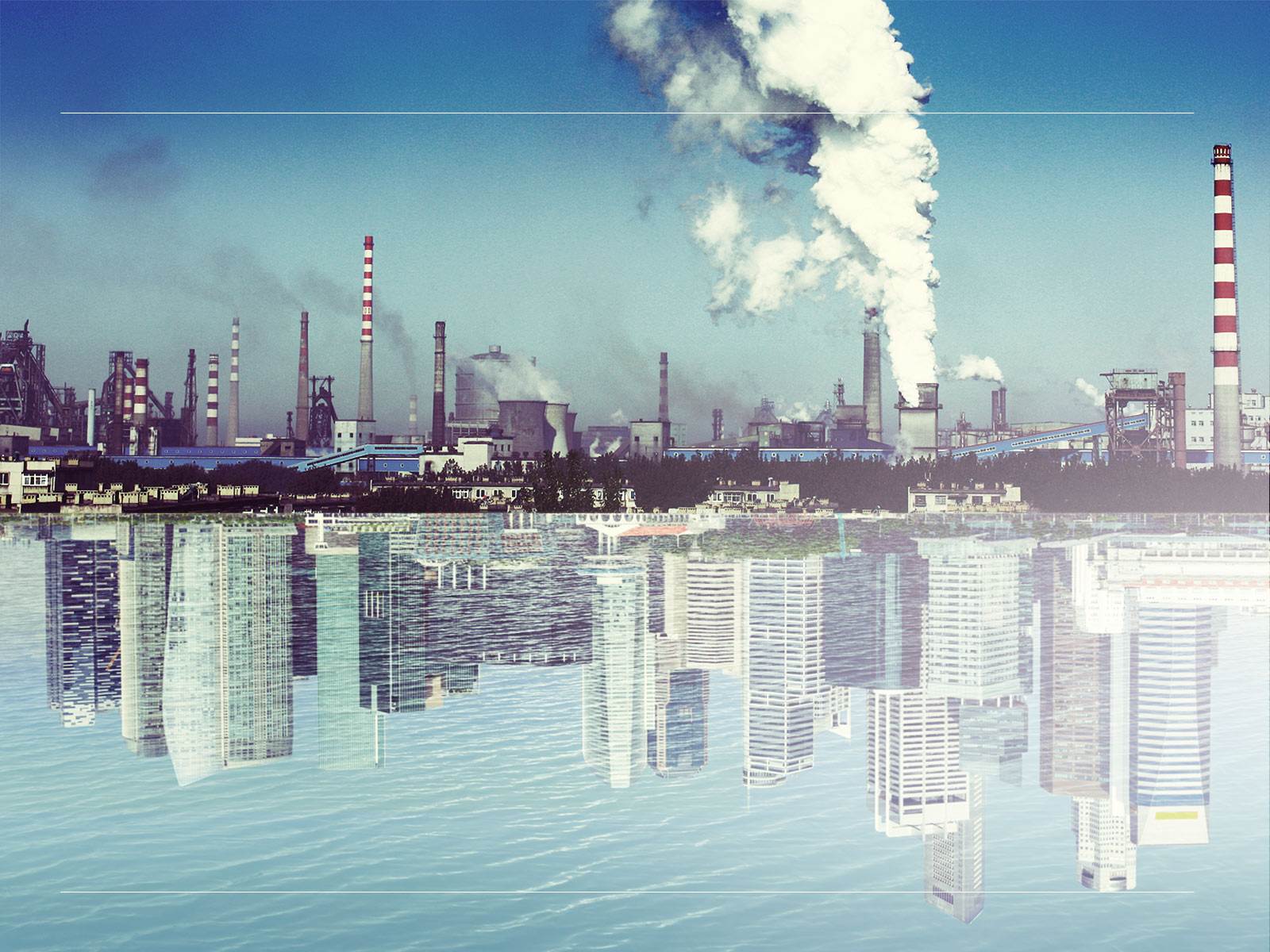The latest data is in. Even if every country fulfils its Paris climate agreement commitments, the earth will warm to over three degrees[1] and catastrophic climate change will take its toll. If investors, cities, and global corporations are to avoid this calamity and the resulting consequences to their portfolios, citizens, and markets, now is the time to act. Fortunately, there is a pathway which remains open. The top 200 emitters (100 corporations and 100 cities) of greenhouse gases (GHG) emissions[2] into our atmosphere can lead in solving the problem by reducing emissions by 2% per year from 2017 to 2050.
Global 200 carbon emissions
The latest data on emissions from more than 4,800 private sector companies[3] reveals that 100 corporations (including some of their value chains) and 100 cities, produce emissions that correspond to 26-42%[4] of worldwide anthropogenic GHG emissions (including land-use emissions)[5]. Reports from UNEP and Thomson Reuters[6] also show that GHG emissions need to decrease by a science based target (SBT) of 1.4% per year from 2010-2050 to stay within 2°C warming and 2.1% per year to stay within 1.5°C.
In 2015 there were five gigatons (GTCO2e) of surplus and gap in the amount of carbon emitted. In 2030 this gap is estimated to increase to over 12GTCO2e, even if the Paris pledges are fully implemented[7]. To close the gap and to stay within 2°C or more warming, the world is required to decrease its GHG emissions by 2% per year over the next 34 years. This represents a total reduction of 68% in absolute GHG emissions, which would be within a 2°C increase scenario.
Due to the levels of emissions the Global 200 produce, it is necessary that they need to be to the forefront of this effort and in 2017 start on a 2% or more decrease per year slope. Global 100 corporations and 100 cities need to lead in adopting SBTs, starting with a commitment to decarbonise at a 2% annual rate in 2017 or to continue the reductions that started in 2010 at 1.4% per year.
Why and how to decarbonise?
It is in everyone’s best interest to stop climate change due to its harmful impact on our environment and the world economy. Increasingly, people will struggle to source food, shelter and maintain a healthy lifestyle in a world of pollution, droughts, floods, and natural disasters. Indeed, we will all spend more and more of our time and money on our basic needs. The most vulnerable and impoverished will be particularly affected, the middle class will not grow and the market economy that the private sector depends on will be significantly impaired.
The world has managed to curb pollution before by making those causing it pay (e.g. acid rain) without negative economic consequences. The world economy still overwhelmingly favours fossil fuels with subsidies (estimated at between US$600bn and $5.3tn or 6.5% GDP, if you include impacts on health[8]). A ban on fossil fuel subsidies and a meaningful price on climate changing pollution (i.e. carbon) would rectify a market failure and level the playing field between renewables and fossil fuels. It is insufficient that, despite the current uneven playing field, renewables still only represent half of newly installed energy sources since 2015[9].
It can be done by other means
Despite a lack of a meaningful global price on carbon being adopted fast enough, international businesses and cities can still achieve decarbonisation. This can be done by “big oil becoming big gas”[10] and major car manufacturers producing a lower carbon portfolio of cars (including electric cars)[11] as was discussed in a recent report on carbon pricing[12].
Acknowledgements: The author wishes to acknowledge Tim Nixon for his invaluable contributions to this article and Thomson Reuters, UNEP, CDP and Science Based Targets for the information and analysis they provide on greenhouse-gas emissions that made this article possible.
The views and opinions expressed in this article are those of the authors and do not necessarily reflect the views of The Economist Intelligence Unit Limited (EIU) or any other member of The Economist Group. The Economist Group (including the EIU) cannot accept any responsibility or liability for reliance by any person on this article or any of the information, opinions or conclusions set out in the article.
[2] For the purposes of this article Greenhouse Gases GHG, carbon, carbon dioxide and CO2 are used interchangeably to refer to all greenhouse gases
[3] in Thomson Reuters’ database Eikon
[4] https://www.eiuperspectives.economist.com/sustainability/100-corporations-100-cities-novel-approach-stopping-climate-change-through-debt
[5] 52.7 GtCO2e/yr (UNEP, 2015)
[8] https://www.iisd.org/gsi/fossil-fuel-subsidies http://www.imf.org/external/pubs/ft/survey/so/2015/NEW070215A.htm
[9] http://www.bloomberg.com/news/articles/2016-10-25/record-green-power-installations-beat-fossil-fuel-for-first-time
[10] http://www.economist.com/news/business/21698305-supermajors-are-being-forced-rethink-their-business-model-not-so-big-oil




